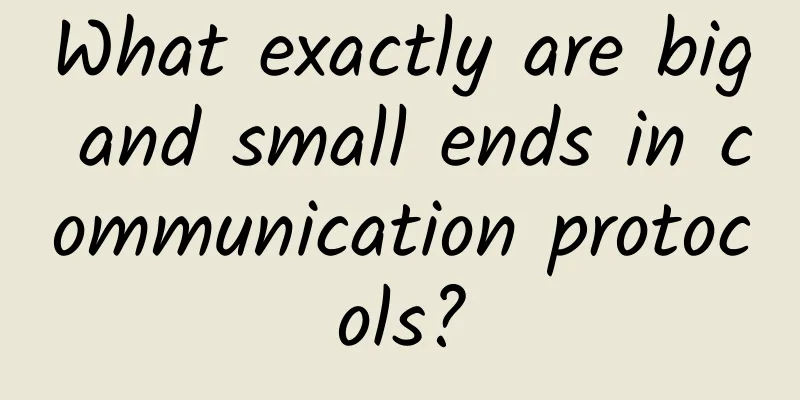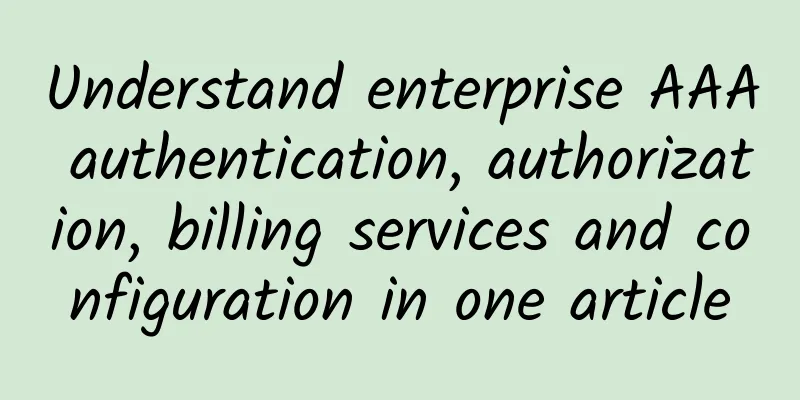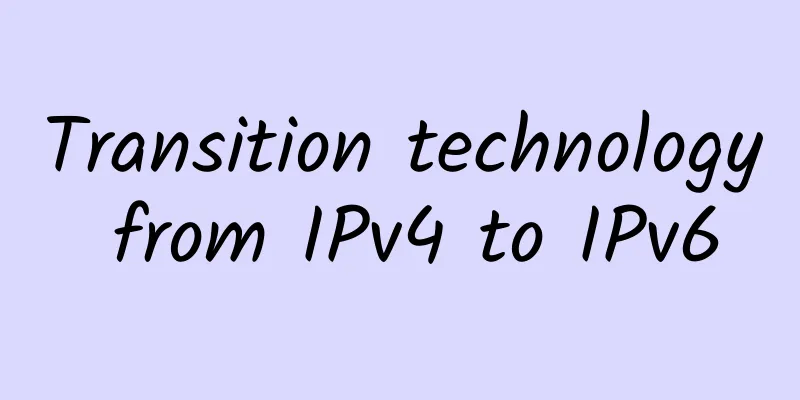What exactly are big and small ends in communication protocols?

|
In IoT application development, the communication protocols obtained from embedded projects often indicate big-endian and small-endian modes. So what are big-endian and small-endian? Big and small endianIn communication protocols, endian is an important concept that involves the storage of multi-byte data (such as integers, floating-point numbers, etc.) in memory. Endian determines the order in which the most significant byte (MSB) and the least significant byte (LSB) of the data are arranged in the memory address. It is crucial for cross-platform communication and data exchange because different hardware platforms may use different byte orders.
picture In the communication protocol, it is necessary to clearly specify which byte order to use to ensure that the sender and receiver can interpret the data correctly. Otherwise, if the sender uses big endian and the receiver uses little endian (or vice versa), confusion may occur during data transmission. A common practice is to explicitly specify the byte order in the communication protocol, which ensures the correct interpretation of the data regardless of the software and hardware platforms of the sender and receiver. It may also be necessary to add some specific tags or metadata to the communication protocol to indicate the byte order of the data, so that the receiver can dynamically adjust its byte order interpretation based on these tags. picture For example, many network protocols (such as TCP/IP) use big endian, while Intel architectures such as x86 and x86_64 use little endian. When communicating across platforms, byte order mismatches can cause problems, and it is usually necessary to convert byte order when sending and receiving data. In programming, sometimes you need to write specific code to handle the conversion of byte order to ensure the correct interpretation of data. For example, in C language, you can use functions such as htonl, ntohl, htons, ntohs, etc. to handle the conversion between network byte order and host byte order. The "h" in these function names stands for host, "n" stands for network, "s" stands for short, and "l" stands for long. Endian conversionIn Java, you can directly use the ByteBuffer class to convert the endianness. ByteBuffer supports big endian and little endian, and can dynamically change the byte order at runtime. For integer types (such as int, short, etc.), you can use the ByteBuffer's order() method to set the byte order, and then use methods such as putInt() and getShort() to read and write data. For floating-point types (such as float and double), ByteBuffer can also be used for endian conversion. The endian conversion of floating point numbers does not actually need to change the order of its internal bits. The IEEE 754 standard defines the format of floating point numbers. No matter which platform, as long as it is interpreted according to this standard, its value is consistent. If you need to store or transmit floating point numbers in the form of bytes and want the receiver to interpret these bytes in a different byte order, you need to use ByteBuffer for conversion. In C, standard library functions are usually used for endian conversion, which allow developers to convert between network byte order (big endian) and host byte order. The network byte order is big endian, while the host byte order depends on the specific hardware architecture (it may be big endian or little endian). For 16-bit and 32-bit integers, you can use the htons (host to network short), ntohs (network to host short), htonl (host to network long), and ntohl (network to host long) functions for conversion. For floating point numbers, there is no direct endian conversion function because the representation of floating point numbers includes an exponent and a mantissa, which are stored in memory in a complex way. Usually, a solution is to convert the floating point number to an integer type (such as uint32_t), then do the endian conversion, and then convert back to a floating point number. The default byte order in the example is little endian. In actual applications, you can use the __BYTE_ORDER__ macro in GCC to check the byte order and perform endian conversion when necessary. For endian conversion of floating-point numbers, you need to pay attention to the impact of the IEEE 754 standard on floating-point representation, as well as the differences that may occur on different platforms and compilers. |
<<: What is a Computer Network Hub?
>>: Thoroughly understand cross-domain issues SpringBoot helps you unimpeded
Recommend
Just now: The Ministry of Industry and Information Technology requires the three major operators to conduct self-inspection of their "unlimited" packages!
The entire industry should immediately conduct se...
[Christmas] DMIT: $100/year-2GB/40G SSD/2TB@2Gbps/Los Angeles CN2 GIA
DMIT has released two special Christmas packages,...
Understanding TCP/IP protocol stack HTTP2.0
[[332931]] 1 Introduction Today, let's study ...
I just pressed 666 and something magical happened to the computer...
[[394490]] There is a classic question in the com...
Borei Data was selected as a representative AIOps manufacturer in the "2021 China ICT Technology Maturity Curve Report"
Recently, Gartner, a global authoritative technol...
Hard-core dry goods: HTTP timeout, repeated requests must see the pitfalls and solutions
[[351757]] 1 Timeout, unavoidable pain HTTP call ...
Actual combat case: Explosion! Accessing a certain IP in the intranet caused the entire network loop to crash. The root cause was this lazy configuration...
Background The client company is a retail company...
Exclusive interview with Xu Jie, product director of DYXnet: DYXnet comprehensively upgrades SASE services to build a new frontier for network security
As mentioned in Maslow's hierarchy of needs t...
Uncovering the secrets of CDN user-driven product changes
Preface : OTT-TV and IPTV have become popular due...
Top 10 Internet predictions for 2018: growth, screen-swiping, money-spending, and product evolution
Another year has passed, winter has gone and spri...
Shenzhen joins hands with Huawei to create a world-class "all-scenario smart Shenzhen"
On July 28, 2020, the "Shenzhen·Huawei Cloud...
ITLDC: Unlimited traffic VPS limited time annual payment 40% off €22.98/year, 15 data centers in the United States/Singapore/Netherlands/Ukraine, etc.
ITLDC is currently offering an automatic 40% disc...
How to choose an Internet service provider
Finding the right service provider can be challen...
Hosteons: Free upgrade to 10Gbps ports in Los Angeles/New York/Dallas, KVM annual payment starts at $21
In January this year, Hosteons began to provide 1...
Small router, do you really understand its structure?
There are four main types of routers in the netwo...









